Seeing natural wildflowers growing side-by-side with a manicured lawn is a fascinating spin on the classic look of a garden. There’s something about the change in height, texture, colour and movement that seems to spark an awed reaction in people.
The secret of turning your grass into a wildflower meadow is much easier than you think. In fact, there are 4 possible ways of growing wildflowers on your lawn:
- Stop mowing and see what wildflowers appear naturally
- Over-seed an area with wildflower seeds
- Introduce plug plants
- Replace some of the lawn with wildflower turf
Let’s dive into each method so that you can get insider information from the UK’s number one turf supplier on how to turn your grass lawn into a wildflower meadow.
Stop Mowing & See What Wildflowers Appear
It sounds far too simple but a long yet easy way to turn your lawn grass into a wildflower meadow is by just letting it grow. It’s surprising how many different plant species can creep into a lawn, especially when the owner is not a fan of chemical weed killers. If you’d like to see a bit more texture and colour on your lawn, it’s very easy just to designate a “no-mow” zone and see what happens. Wildflowers don’t need or want much fertiliser, so you are free to stop feeding this part of the lawn.
Also, Mother Nature hates monoculture and over time you’ll see more and more plant species appear on your longer lawn. Come autumn, you could plant some spring flowering bulbs on part of the lawn.
Even if you don’t get many flowers in the first year, long grass has a beautiful texture and brings movement to a garden. Wildlife too will be thankful. Meadow Brown butterflies depend on long grass for breeding grounds and there are a lot of creatures who will be grateful for the cool shade of the long grass.
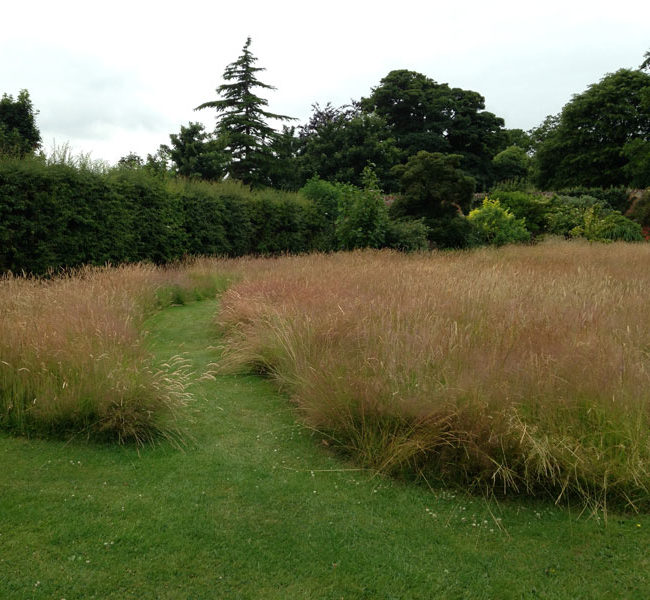
Replace Some of the Lawn With Wildflower Turf
If you want a lot of wildflowers and you want them fast, wildflower turf is a brilliant solution. It’s easy to install and even easier to care for once it’s established. Each variety of Meadowmat Wildflower Turf is a colourful mix of flowering plants and grasses that are proven to grow strongly on an innovative matting system. Wildflowers for lawns have a beautiful and colourful impact on your garden and can attract an array of local wildlife and insects.
To show you exactly what happens in this process, here is a video that shows Meadowmat Wildflower Turf being installed into a lawn.
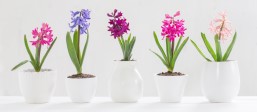 |
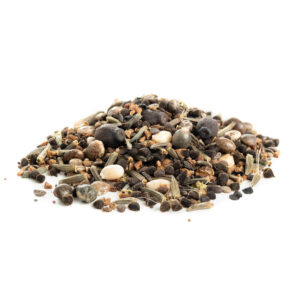 |
|
 |
 |
Overseed An Area With Wildflower Seeds
Annual wildflowers like cornflowers, poppies and corn marigolds like to grow in disturbed soil. Being annual flowers, they will flower in their first summer, set seed and then die.
To grow annual wildflowers on your lawn, use a spade to lift an area of turf in springtime. Dig over the area, rake it to a fine tilth and sprinkle wildflower seeds on top. No need to cover the seed. These beauties need light to stimulate germination. Use a watering can with a rose to moisten the soil and then keep it damp until the baby plants are growing strongly.
Now all you have to do is wait for summer and an eruption of vibrant colour. We’ve mentioned cornflowers and poppies, but why not bring in some non-natives for extra interest? For example, cosmos is a lovely flower for attracting butterflies. Sunflowers are popular with seed-eating birds and you can get some low-growing varieties if you don’t like giant plants.
Come autumn, you can pull up the spent flowers and replace them with turf. If you like playing with plants, pick off the seed heads and store the seed in paper bags overwinter so you can repeat the exercise next year.
Introduce Plug Plants
Plug plants are relatively inexpensive. You can buy lots of them online and they will go a long way for your money. Use a bulb planter to remove small circles of turf and then pop a plug plant in the middle of each circle. Keep them watered until they establish.
Read more on what else you could grow instead of grass here.
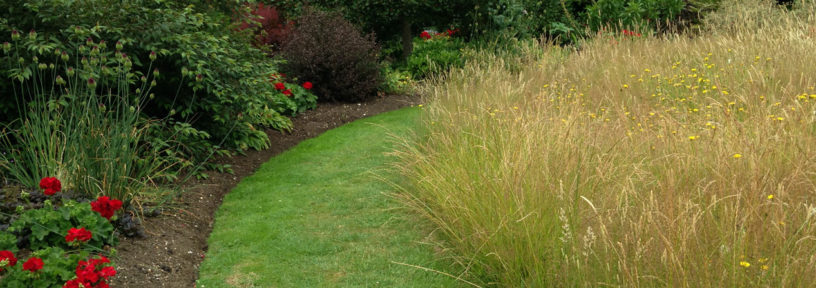
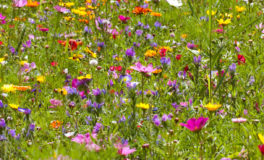 Meadowmat Species
Meadowmat Species  Caring for your new Meadowmat wildflower turf
Caring for your new Meadowmat wildflower turf 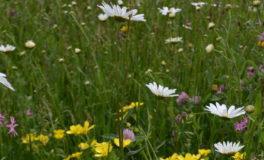 How to lay Meadowmat wildflower turf
How to lay Meadowmat wildflower turf 


Comments are closed.